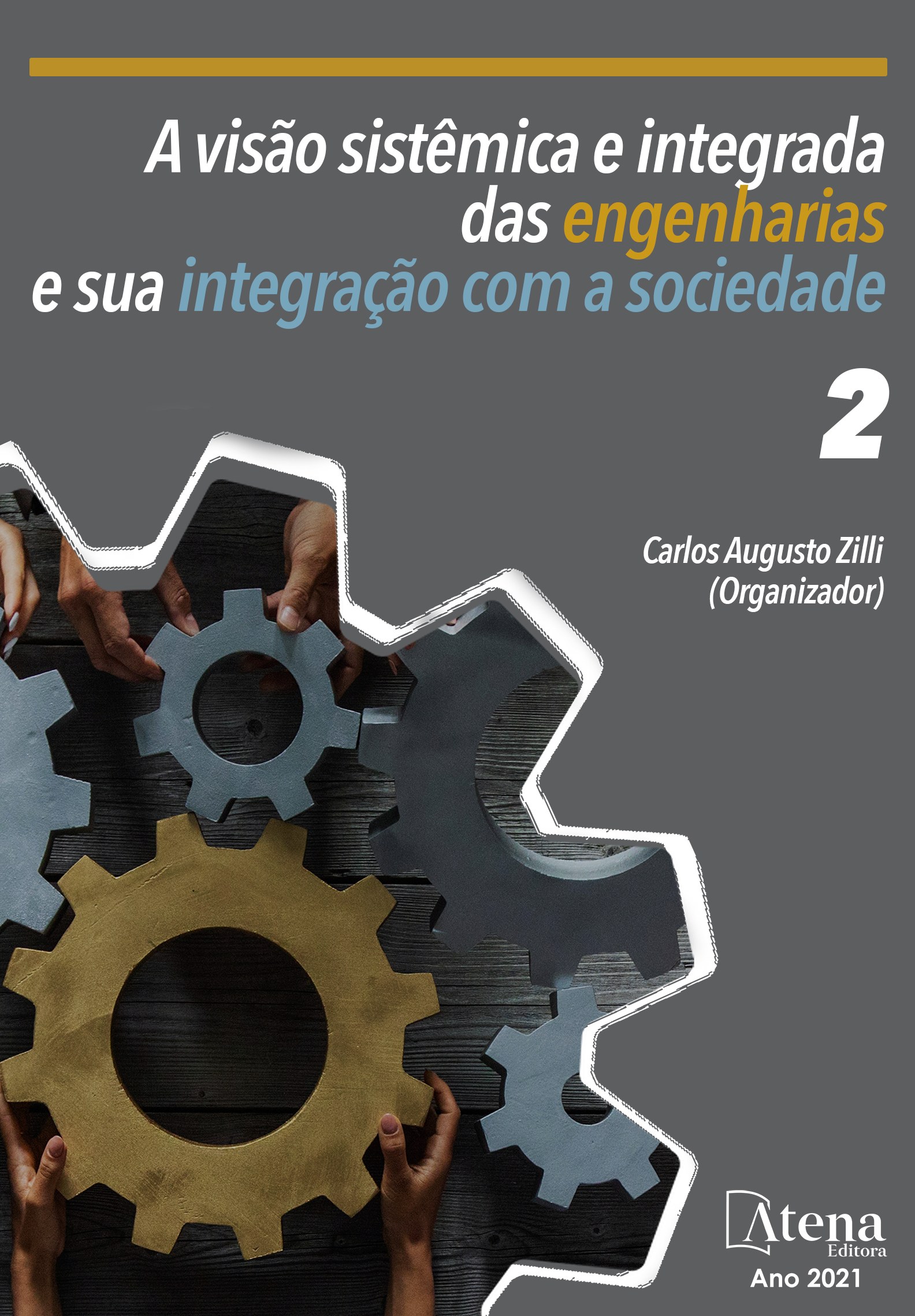
DISPOSITIVO DE FRICÇÃO CONTROLADA
O processo de adição superficial de material por fricção é uma tecnologia derivada da soldagem por fricção, técnica desenvolvida para soldagens sem adição de material, onde encontram-se estudos a partir de meados do ano 2000. Este consiste em adicionar uma camada superficial de um material em um substrato de diferente composição química a fim de conferi-lo propriedades físico-químicas. O objetivo desse trabalho é projetar, construir e testar um dispositivo mecânico, que possa ser acoplado à árvore de uma fresadora universal, para a realização de revestimentos por fricção controlada, podendo ser utilizado para depositar ligas de zinco em pequenas recuperações entre outros materiais consumíveis. Para testes foi utilizado como substrato placas de aço padrão SAE 1020 e como liga do material consumível a liga galvalume, estes foram escolhidos por ser uma das combinações mais usuais comercialmente em chapas galvanizadas. Foram realizados testes com parâmetros pré estabelecidos, variando a rotação entre 800 e 1600 RPM, a tensão entre 2,48 e 10,74 MPa mantendo a velocidade de translação fixa em 40mm/min. O protótipo é funcional e efetivo, a tensão aplicada entre o consumível e o substrato mostrou ter relação direta com a largura ligada do depósito; dependendo da velocidade de rotação é notável a perda de qualidade do depósito com o aumento de tensão. Tensões abaixo dos parâmetros estipulados resultaram em depósitos sem homogeneidade de forma, espessura e acabamento, a variação da velocidade de rotação tem uma relação inversa com a espessura do depósito e na qualidade deste. Para a combinação de materiais estudados, dentro dos parâmetros testados a rotação considerada efetiva foi 800RPM, avaliando apenas a qualidade visual. O dipositivo pode ser utilizado com vasta combinações de materiais e é uma alternatíva de elevado custo/benefício para testes de deposição por fricção.
DISPOSITIVO DE FRICÇÃO CONTROLADA
-
DOI: 10.22533/at.ed.99321130818
-
Palavras-chave: deposição, galvanização, atrito, protótipo
-
Keywords: surface, friction, galvanizing, prototype
-
Abstract:
The process of Friction Surfacing is a technology derived from friction welding, a technique developed for welding without addition of material, where studies are found from the middle of the year 2000. This consists of adding a surface layer of a material in a substrate of different chemical composition in order to give it physicochemical properties. The objective of this work is to design, construct and test a mechanical device that can be coupled to the tree of a universal milling machine for the realization of coatings by controlled friction and can be used to deposit zinc alloys in small recoveries among other consumable materials. For testing, SAE 1020 (low carbon) standard steel plates were used as substrate and as an alloy of consumable material to galvalume alloy, materials were chosen because it is one of the most usual commercially available combinations of galvanized sheets. Tests with preestablished parameters were performed, varying the rotation between 800 and 1600 RPM, the tension between 2.48 and 10.74 MPa kept the fixed translation speed at 40mm / min. The prototype is functional and effective the voltage applied between the consumable and the substrate showed to be directly related to the attached width of the tank, depending on the speed of rotation is notable the loss of quality of the tank with the increase of voltage, voltages below the stipulated parameters have resulted in deposits with no homogeneity of shape, thickness and finish, the variation of the rotation speed has an inverse relationship with the thickness of the deposit and the quality of the deposit. For the combination of studied materials, within the parameters tested the rotation considered ideal was 800RPM, evaluating only the visual quality. The device can be used with vast combinations of materials and is a cost-effective alternative to friction deposition tests.
-
Número de páginas: 15
- Lucas Vinicius Capistrano de Souza
- Leonardo Haerter dos Santos
- Agnaldo Rosso
- Federico Rodriguez Gonzalez
- Jader Flores Schmidt


